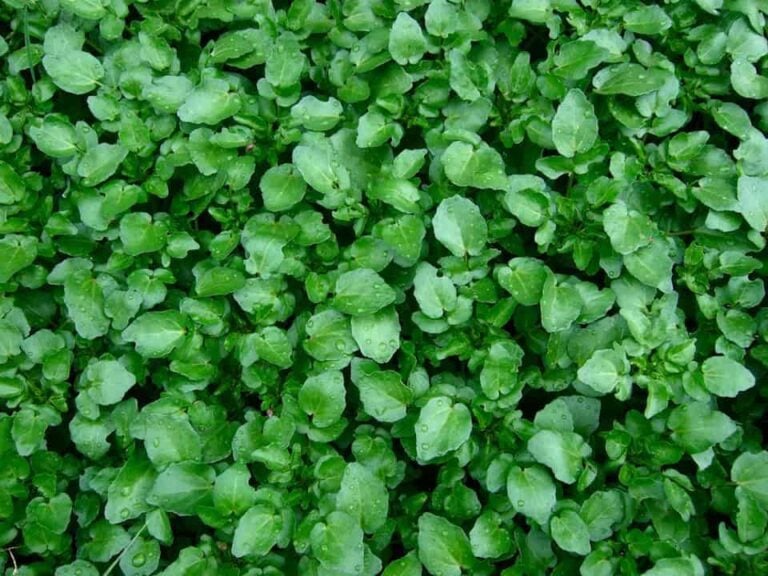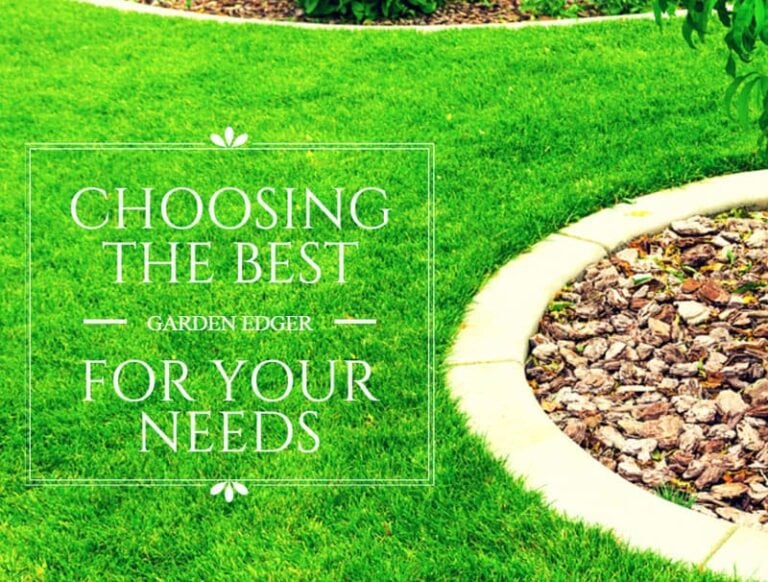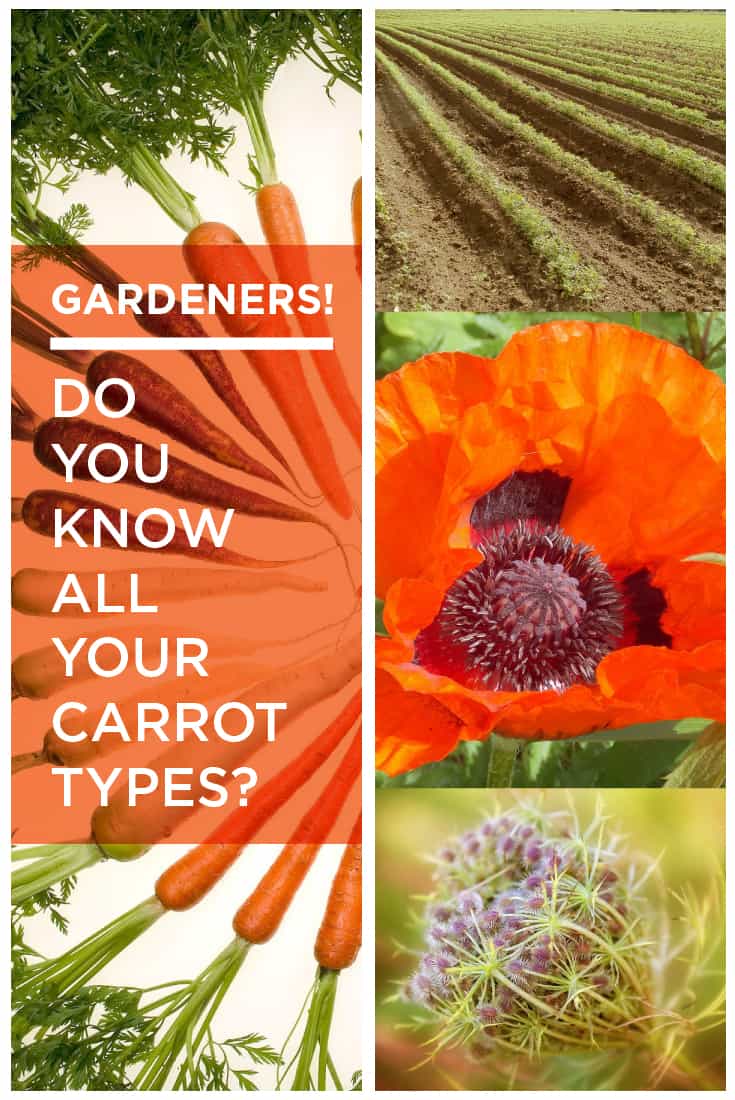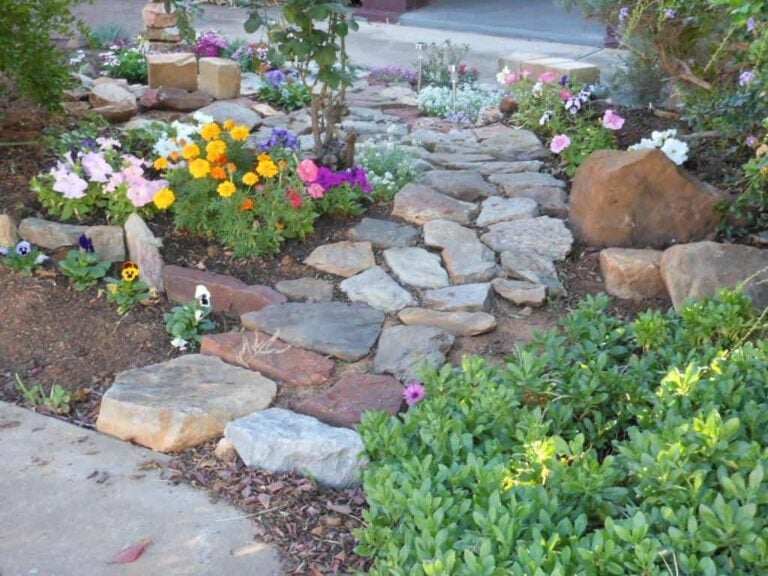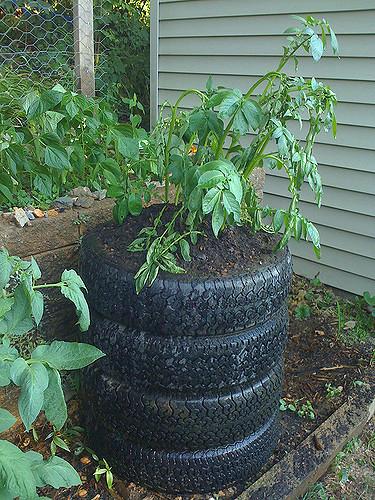Polycarbonate Greenhouse: Essential Tips for Success
A polycarbonate greenhouse is a popular choice among gardeners and plant enthusiasts looking for a durable, lightweight, and affordable option to protect their plants from harsh weather conditions. Polycarbonate is a versatile material that offers excellent insulation properties and increased longevity compared to traditional glass greenhouses.
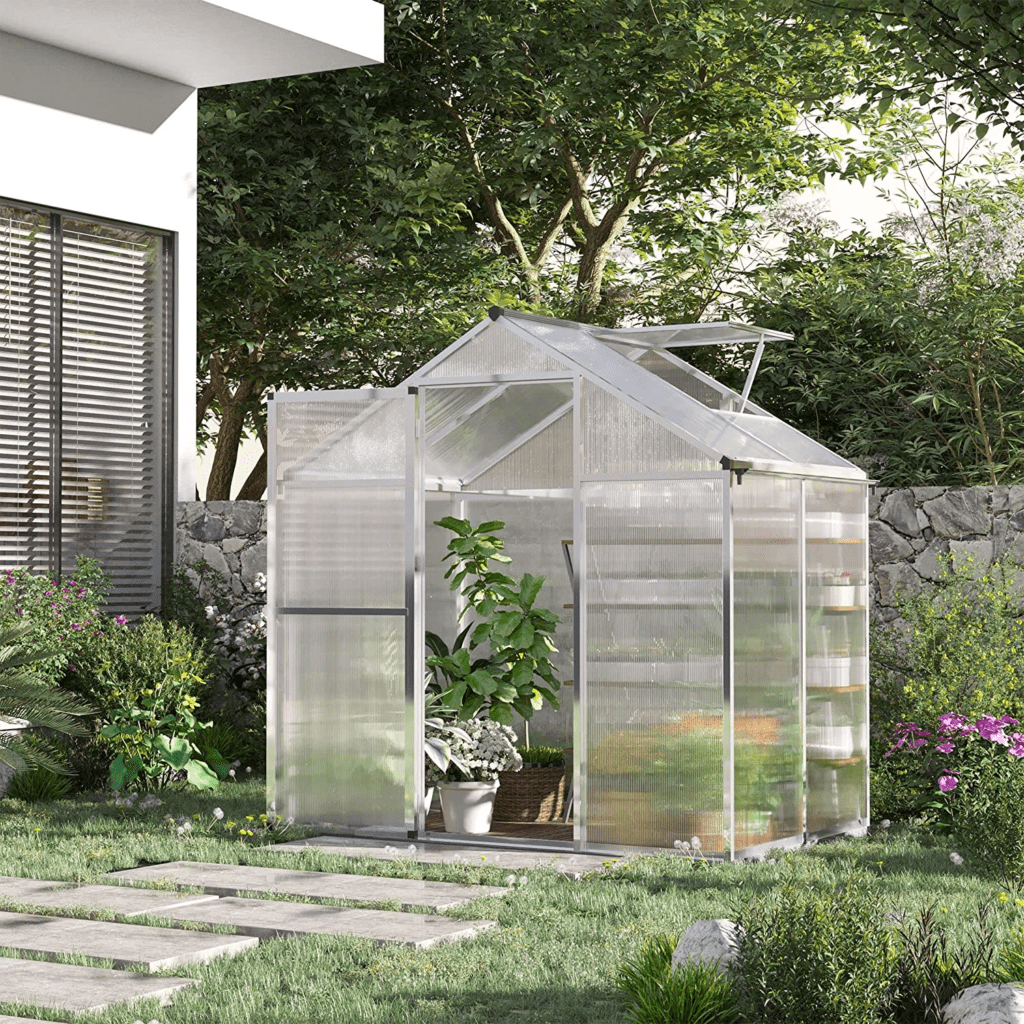
These greenhouses are constructed using sheets of polycarbonate, which are weatherproof, resistant to impact, and provide excellent insulation. They offer more than just protection; their unique design allows for optimal light transmission, while also acting as a barrier against harmful UV rays. This translates into a more controlled growing environment, allowing plants to thrive and grow efficiently without the risk of overheating or sunburn.
The market offers a variety of polycarbonate greenhouses, with options suitable for both the hobby gardener and professional cultivator. Some popular retailers include The Home Depot and Lowe’s. Before deciding on a specific model, consider factors such as size, ease of assembly, and the specific needs of the plants you intend to grow.
Table of Contents
What is a Polycarbonate Greenhouse?
A polycarbonate greenhouse is a type of greenhouse popular for both home and industrial use. It features walls made out of high-quality thermoplastic material, which makes it a sturdy and durable choice for gardeners and growers alike. Known for its ability to block harmful UV rays and let in sunlight and heat, polycarbonate makes an ideal choice for greenhouse construction as it offers a light transmittance of 88% 1.
Polycarbonate greenhouses can be found in various shades, both clear and opaque, offering options for gardeners to choose depending on their specific needs 2. One of the main advantages of using polycarbonate material in greenhouses is its low maintenance requirement and ability to withstand various weather conditions due to its tough and durable nature.
Polycarbonate vs Glass Greenhouses
When comparing polycarbonate and glass greenhouses, both have their own set of advantages and disadvantages.
Polycarbonate Greenhouses:
- Durability: Polycarbonate material is more impact resistant than glass, making it less prone to breakage and damage from extreme weather 4.
- Insulation: Polycarbonate provides better insulation than glass, which minimizes heat loss and allows for better temperature control within the greenhouse.
- UV Protection: Polycarbonate effectively blocks out harmful UV rays while still allowing sunlight and heat to penetrate into the greenhouse 6.
- Cost: Although the initial cost of polycarbonate greenhouses may be higher than glass ones, the long-term benefits and durability make it a cost-effective choice 7.
Glass Greenhouses:
- Transparency: Glass offers higher transparency compared to polycarbonate, which some gardeners find aesthetically pleasing.
- Longevity: Glass is a more traditional choice for greenhouses and can potentially last for decades if properly maintained.
- Clarity Restoration: Glass can be polished to restore its clarity over time, while polycarbonate cannot.
In conclusion, both polycarbonate and glass greenhouses have their own merits and drawbacks, but polycarbonate greenhouses are becoming increasingly popular due to their durability, UV protection, and better insulation properties. Depending on the specific needs and preferences of a gardener, one might be better suited than the other.
Characteristics of Polycarbonate Panels
Durability and Insulation
Polycarbonate panels are known for their durability and excellent insulation properties, making them a popular choice for greenhouses. These panels are made from a strong and lightweight plastic material, which can withstand various weather conditions and impacts without easily breaking. Their insulating properties come from the rectangular combs or empty spaces/tubes that run from top to bottom within the panels, providing a double-pane effect similar to double-glazed windows1.
Temperature Control
One of the key benefits of using polycarbonate panels in greenhouses is their ability to maintain a stable temperature by taking advantage of the greenhouse effect. This effect allows the sun to heat the ground and air inside the greenhouse, helping plants stay warmer at night and cooler during the day. In addition to their insulating properties, polycarbonate panels also have a high light transmittance, allowing sunlight and heat to penetrate the greenhouse while blocking harmful UV rays.
Light Transmission
The design of polycarbonate panels for greenhouses employs diffused light to promote uniform crop growth and minimize the amount of direct sunlight that reaches the top of the plants. This diffused light helps prevent the negative effects of harsh, direct light on crop development. The transparent nature of polycarbonate panels ensures that they provide adequate light transmission for plant growth. They are available in clear and opaque shades and can be found in a few colors.
Wind Resistance
Due to their lightweight and durable composition, polycarbonate panels offer significant wind resistance. This feature ensures that the greenhouse remains stable and protected during strong winds, storms, or other extreme weather conditions. Furthermore, polycarbonate panels are shatter-resistant4, providing additional protection against damage from flying debris during high winds. This makes them an essential component in creating a resilient and long-lasting greenhouse structure.
Choosing the Right Polycarbonate Greenhouse
Standard vs Custom Kits
When deciding between standard and custom polycarbonate greenhouse kits, consider factors such as size, budget, and specific needs for your project. Standard kits usually come in predetermined sizes and are more affordable, ranging from $200 to $600 for smaller units. These kits typically include all necessary components for assembly, making it an accessible option for DIY enthusiasts.
Custom polycarbonate greenhouse kits, on the other hand, offer more flexibility in design and size, allowing you to tailor the greenhouse to your unique requirements. While custom kits are generally more expensive, they can provide a more versatile solution for enthusiasts who need specific features or dimensions.
Maintenance
One of the main advantages of polycarbonate greenhouses is their low-maintenance needs. Polycarbonate sheets are more lightweight and durable compared to glass panels, offering wind resistance and a longer lifespan. These plastic sheets are also less prone to breakage, making them a safer option for greenhouse installations.
Polycarbonate greenhouses require minimal cleaning, as the surface is typically resistant to dirt and dust buildup. When necessary, a simple wash with water and a mild soap should suffice. Additionally, unlike acrylic or fiberglass, polycarbonate sheets are resistant to yellowing or degradation due to UV exposure, ensuring long-lasting aesthetics and functionality.
Heat Retention
Polycarbonate greenhouses excel in heat retention, making them an energy-efficient choice for year-round growing in various climate conditions. Multi-panel and multi-wall polycarbonate sheets offer better insulation compared to single-wall greenhouse plastics, reducing energy costs in regions with colder temperatures.
When considering polycarbonate sheet options, the light transmission percentage and the number of walls should be taken into account. Higher light transmission percentages indicate that more sunlight will enter the greenhouse, while a greater number of walls provide better insulation. The ideal balance between these factors will depend on your specific climate and growing requirements. There are many more articles here to learn about greenhouses and their benefits. I hope they are helpful to you!

